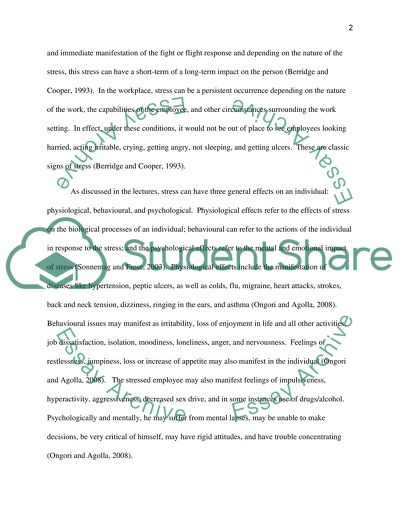Cite this document
(“Connections between lower back pain, interventions, and absence from Essay”, n.d.)
Retrieved from https://studentshare.org/psychology/1396943-stress-and-its-impact-on-organisations
Retrieved from https://studentshare.org/psychology/1396943-stress-and-its-impact-on-organisations
(Connections Between Lower Back Pain, Interventions, and Absence from Essay)
https://studentshare.org/psychology/1396943-stress-and-its-impact-on-organisations.
https://studentshare.org/psychology/1396943-stress-and-its-impact-on-organisations.
“Connections Between Lower Back Pain, Interventions, and Absence from Essay”, n.d. https://studentshare.org/psychology/1396943-stress-and-its-impact-on-organisations.


